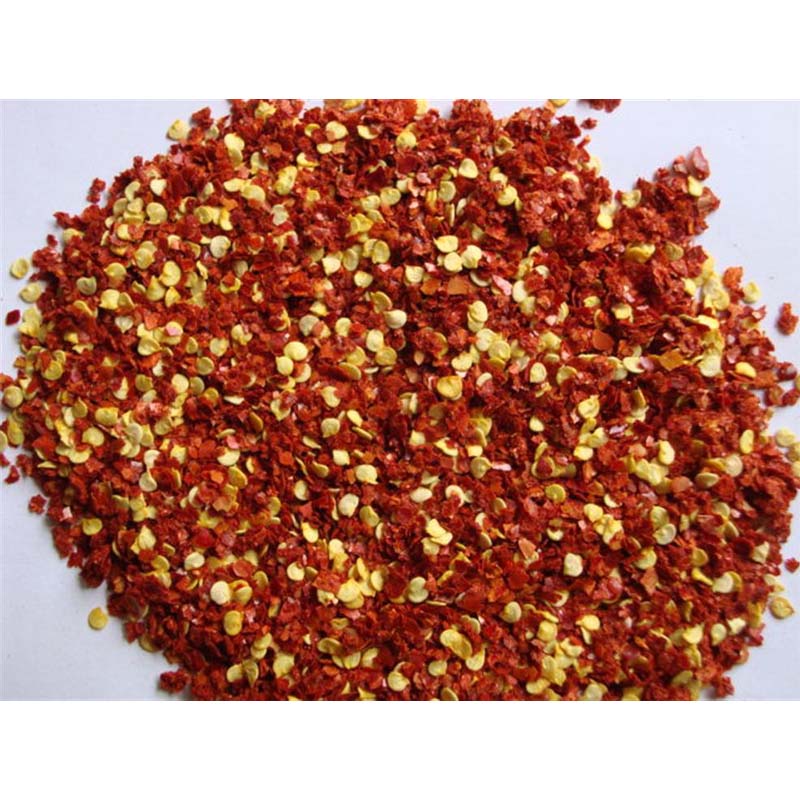- No. 268 Xianghe Street, Economic Development Zone of Xingtai city, Hebei 054001 China
- Byron@hbhongri.cn
cayenne pepper pods
The Fascinating World of Cayenne Pepper Pods
Cayenne pepper, known scientifically as Capsicum annuum, is a vibrant and spicy chili pepper widely recognized for its intense heat and numerous culinary and medicinal applications
. Originating from Central and South America, this fiery pod has traveled around the globe, influencing cuisines and traditional practices in diverse cultures. In this article, we will explore the characteristics, uses, and benefits of cayenne pepper pods, illuminating their significance in our lives.Cayenne pepper pods are typically long, slender, and red when fully ripened. They can vary in size but usually measure between 2 to 6 inches in length. The vibrant color of the pods is a clear indication of their ripeness and potency. Inside, they contain tiny seeds and a fleshy wall, which holds the essential oils and compounds responsible for the pepper's pungent heat. The heat level of cayenne is measured using the Scoville scale, and these pods typically register between 30,000 to 50,000 Scoville Heat Units (SHU). This makes them significantly hotter than the more commonly used bell pepper, but milder than varieties like habanero or ghost peppers.
In culinary contexts, cayenne pepper is celebrated for its ability to add a kick to various dishes. It is a staple in spicy cuisines, particularly in Indian, Mexican, and Cajun cooking. From hot sauces to seasoning blends, cayenne can enhance everything from soups and stews to marinades and rubs. Beyond its heat, it adds a unique flavor profile that can transform a bland dish into a culinary masterpiece. Additionally, cayenne pepper is often used in powdered form, making it easy to incorporate into recipes or sprinkle over finished dishes for an extra burst of flavor.
cayenne pepper pods

Beyond the kitchen, cayenne pepper pods boast a wealth of health benefits that have been recognized for centuries. The active compound in cayenne is capsaicin, renowned for its anti-inflammatory properties. It has been shown to help relieve pain when applied topically, making cayenne-infused creams and ointments popular among those suffering from arthritis and muscle pain. Consuming cayenne pepper may boost metabolism, aiding in weight loss by increasing thermogenesis — the process by which the body generates heat and burns calories.
Furthermore, cayenne is rich in vitamins A, C, and E, as well as essential minerals such as potassium and manganese. These nutrients contribute to overall health, supporting everything from skin health to immune function. Additionally, some studies suggest that capsaicin may help improve cardiovascular health by promoting better circulation and reducing blood cholesterol levels.
Aside from its culinary and medicinal uses, cayenne pepper plays a role in natural pest control. Its potent heat can deter unwanted insects in gardens, proving beneficial for organic gardening enthusiasts. Additionally, cayenne pepper can be added to homemade insect repellents, showcasing the versatility of this remarkable pod.
In conclusion, the cayenne pepper pod is much more than a mere spice; it is a multifaceted ingredient with culinary, medicinal, and ecological significance. Its distinctive flavor and heat make it a beloved component in many dishes worldwide, while its health benefits and utility in pest control further underscore its value. Incorporating cayenne pepper into your diet not only delights the palate but may also contribute to improved health. Whether consumed in food, applied in topical treatments, or utilized in gardening, cayenne pepper pods are truly a testament to nature's wondrous bounty. So, next time you enjoy a spicy meal, take a moment to appreciate the rich history and numerous benefits of cayenne pepper.
-
Unlock the Power of Nature with Capsicum Oleoresin ExtractNewsJul.03,2025
-
Unleash the Heat: Discover the Wonders of Spicy Crushed Red PepperNewsJul.03,2025
-
Unleash the Flavor of Red Pepper Pods – Elevate Your Culinary Creations!NewsJul.03,2025
-
The Rich Flavor of Red Pepper Dried – The Ultimate Ingredient for Your Culinary Creations!NewsJul.03,2025
-
Discover the Rich Flavor of the PaprikaNewsJul.03,2025
-
Discover the Flavorful World of Paprika & Chili ProductsNewsJul.03,2025







